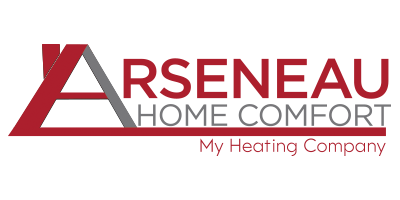
When it comes to keeping your home warm during the cold months, selecting the right furnace is crucial for both comfort and energy savings. Furnaces are rated by their Annual Fuel Utilization Efficiency (AFUE), which measures how efficiently they convert fuel into heat. In Canada, new furnaces must have an AFUE furnace of at least 90% for most homes.
In this guide, we’ll compare AFUE 80% furnaces and their more efficient counterparts, AFUE 90%+, to help you understand why you may need an upgrade.
AFUE 80% Furnaces
AFUE 80% Furnaces
AFUE 80% furnaces provide basic heating performance. They are also a cost-effective option for those in need of a furnace for trailers or relocatable buildings. Most homes with older furnaces will also have this rating, but both provincial and federal governments do not permit new indoor gas furnaces with a rating below 90-95%. These furnaces are capable of converting 80% of the fuel they consume into heat, with the remaining 20% lost through the chimney or venting system. They often come in single and two-stage models, offering flexibility in heating and airflow.
AFUE 90% (and up) Furnaces
AFUE 90% (and up) Furnaces
For those looking to maximize energy efficiency, AFUE 90%+ furnaces are the premium choice. These units convert over 90% of the consumed fuel into heat, making them a popular option for homeowners aiming to reduce their carbon footprint and lower heating bills. They are especially suited for colder climates where the furnace runs more frequently. Although they require a higher upfront cost, it may be worth the investment, given energy savings down the line. By upgrading an older, lower-rated furnace you’ll also be aligning with national sustainability initiatives. Available in single-stage, two-stage, and modular models, these furnaces provide a greater range of heat control and distribution.
Comparing the Two Energy Efficiency:
Comparing the Two Energy Efficiency:
The most noticeable difference lies in their AFUE ratings, with 90% furnaces being more energy efficient.
Cost Savings: Higher efficiency translates into lower energy bills over time, making upgrading to a 90%+ furnace more cost-effective in the long run (despite the initial investment).
Environmental Impact: Choosing a 90% furnace reduces your home’s carbon footprint due to less fuel consumption and waste.
Heating Performance: While both types offer variable and multi-speed motors, 90% AFUE furnaces provide better heat distribution and temperature control.
